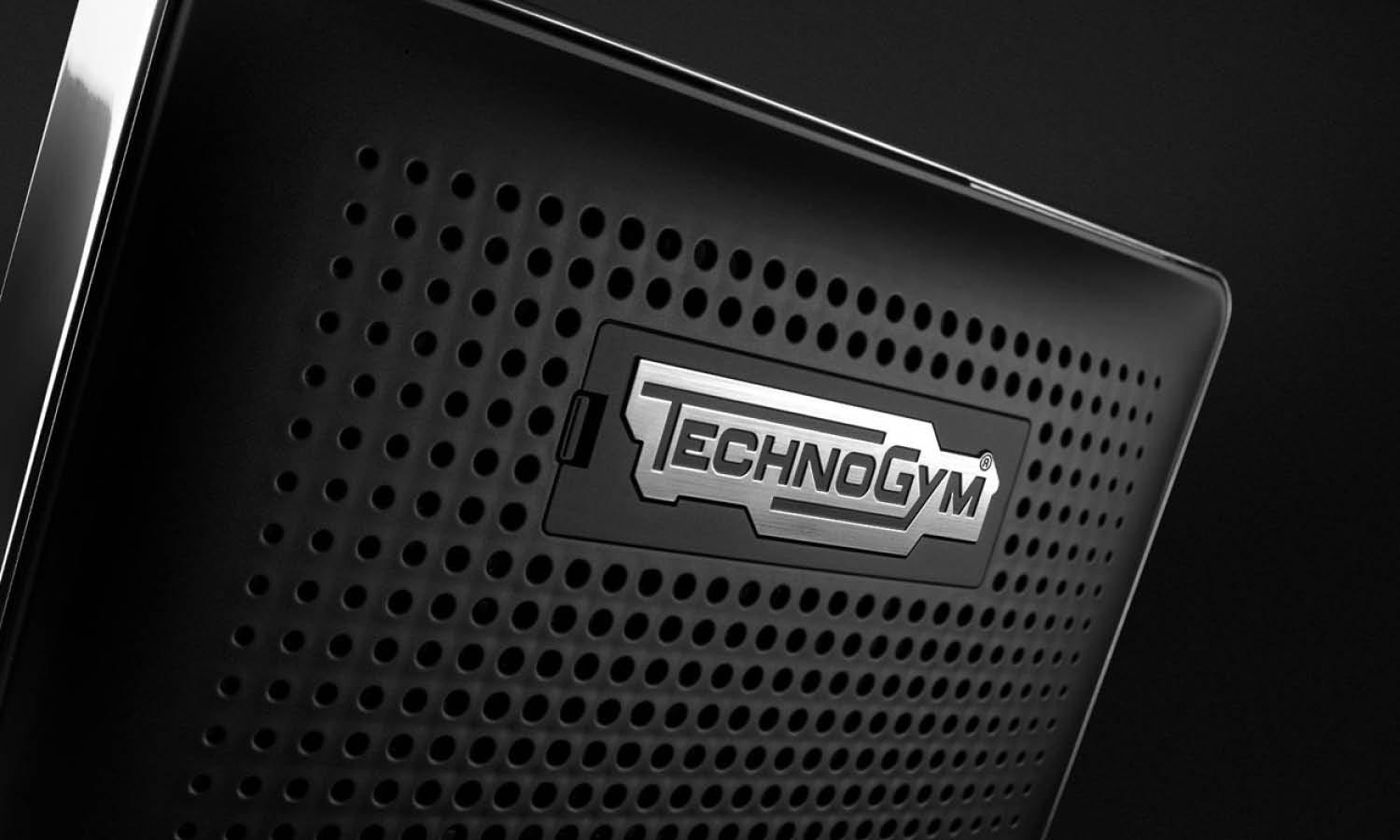Onitsuka Tiger Logo Design: History & Evolution

Image Source: https://www.instagram.com/onitsukatigerofficial/ | Image Courtesy: Onitsuka Tiger
Hey there, designers! Ever caught yourself marveling at the iconic stripes that adorn the Onitsuka Tiger shoes? There's a lot more to the Onitsuka Tiger logo design than meets the eye. Born out of post-war Japan, this emblem stands as a testament to resilience, innovation, and artistic flair. A brand deeply rooted in its cultural origins, Onitsuka Tiger has catapulted from a modest local enterprise to a global powerhouse. And let's be real: a big part of its charm is that fabulous logo.
When it comes to logo design, you often hear the phrase, "simplicity is the ultimate sophistication," and Onitsuka Tiger is a perfect case in point. So what went into creating this timeless insignia? What are the subtle evolutions that have helped keep it relevant through the decades? Well, my fellow designers, you're in for a visual and historical treat!
In this article, we're diving deep into the Onitsuka Tiger logo design: its history, evolutions, and the genius behind those iconic stripes. Whether you're in branding, a fledgling designer, or just someone who appreciates a well-crafted logo, there's something here for you. So stick around as we unravel the story behind one of the most recognizable logos in the footwear industry. Trust me, you don't want to miss this!
Onitsuka Tiger Logo Design History
1949
Alright, let's kick it back to 1949, a pivotal year for Onitsuka Tiger and the birth of its legendary logo. For those of you who don't know, the brand was founded by Kihachiro Onitsuka in Kobe, Japan. It was a post-war era, and Onitsuka had a dream to boost the morale of the youth through sports. Great vision, but what's a sports brand without a killer logo, right?
Now, the Onitsuka Tiger logo design of 1949 is what we often refer to as the brand's "first stripes." These stripes are a fascinating blend of minimalism and dynamism. Essentially, they are a masterclass in using simple shapes to imply complex ideas—speed, agility, and forward motion, to be precise. You can see how this becomes symbolic of not just the athletes who would wear these shoes but also of a nation in a hurry to rebuild and move forward.
But why stripes? Well, the original inspiration was the movement of a tiger, hence the name "Onitsuka Tiger." Tigers are fast, agile, and strong, qualities the brand aspired to instill in athletes. They wanted a design that athletes could look down at and feel empowered by. The stripes almost act like an extension of the laces, wrapping the foot in a snug, supportive embrace while creating a unique visual language that became synonymous with the brand.
For you tech-savvy graphic designers, let's talk a little about the design elements. The first Onitsuka Tiger logo design had a lean toward asymmetry. While symmetrical logos were the norm (think of the old-school Coca-Cola or IBM logos), the uneven stripes made a bolder statement. It broke the mold, commanding more attention and implying movement, which was pretty radical for its time.
From a color theory perspective, the original design leaned heavily on contrast. Generally rendered in two colors, the contrast wasn’t just visual but also thematic—simplicity versus complexity, tradition versus modernity, stillness versus movement. Onitsuka was creating a dichotomy that was as much an emotional play as it was a visual one. He aimed to capture the energy and spirit of post-war Japan, and he nailed it.
Typography didn’t play a huge role in the original 1949 logo as the focus was primarily on the stripes. The Onitsuka name would usually be spelled out in a clean, no-frills typeface that allowed the stripes to take center stage. This was a classic move in brand hierarchy, where the logo led the narrative and the text played a supporting role.
In a nutshell, the 1949 Onitsuka Tiger logo design was far ahead of its time, setting a trend that would influence sportswear branding for decades. It's a lesson in how to condense complex ideas into a simple, yet potent, visual narrative.
So there you have it, the Onitsuka Tiger logo design from 1949—simple but powerful, emotional yet sophisticated. It’s an embodiment of design principles that are still applicable today, regardless of the technology or software you’re using. Whether you're designing a brand identity or brainstorming for your next big project, the core values of the 1949 logo—simplicity, emotional resonance, and iconic imagery—can serve as a guide for modern-day creatives. Trust me, taking a page out of Onitsuka's book won’t disappoint.

Image Courtesy: Onitsuka Tiger
Analysis: Onitsuka Tiger Logo Design Evolution
Let's deep dive into the world of Onitsuka Tiger logo design! If you're just tuning in, we've covered the legendary stripes and the backstory of the 1949 original. But like any good design—and designer—the brand hasn't stood still. It's evolved, iterated, and modernized. So let's get into the nitty-gritty of the logo's evolution. Buckle up, fellow design nerds; this is where things get even more interesting!
From Asymmetry to Symmetry
The initial Onitsuka Tiger logo design was a daring play of asymmetrical stripes that symbolized dynamism. Over the years, this has transitioned to a more symmetrical pattern. The balance provides a more polished look and opens up the design to broader interpretation and application. It's fascinating to see how the change in symmetry correlates with the brand's widening global appeal.
The Element of Color
Color plays a critical role in any logo, and Onitsuka Tiger is no exception. While the early designs stuck to contrasting hues, the modern versions have embraced a more vibrant color palette. The choice of colors now goes beyond functional contrast to serve as a means of brand differentiation and storytelling. Whether it's a retro orange or a bold neon, color has become a significant element in its brand identity.
Textual Integration
The role of typography in the Onitsuka Tiger logo design has shifted over time. From a secondary element in the original 1949 design, text has now become an integral part of the brand's visual storytelling. The modern designs often feature the brand name stylishly integrated with the stripes, which adds an extra layer of identity and cohesiveness.
Versatility Across Platforms
Another noticeable evolution is the logo's adaptability across different platforms and products. From footwear to apparel and even accessories, the stripe design has proven versatile enough to maintain brand consistency while adapting to various forms. This level of scalability is a dream for designers, and it showcases how forward-thinking the original concept was.
Consistency Yet Fluidity
What’s striking about the Onitsuka Tiger logo design evolution is its consistent core. While many brands undergo drastic changes, Onitsuka Tiger has managed to evolve subtly, keeping the iconic stripes at the heart of its identity. This consistency, mixed with a willingness to adapt, is a golden lesson for any graphic designer aiming to evolve a brand without losing its soul.
So, what's the takeaway? The Onitsuka Tiger logo design shows that even the most iconic designs can benefit from thoughtful, strategic evolution. Through adjustments in symmetry, color, typography, versatility, and brand consistency, the logo has not only stood the test of time but has also expanded its appeal to a global audience. It's proof that great design is never static; it evolves, just like we do.

Image Source: https://www.instagram.com/onitsukatigerofficial/ | Image Courtesy: Onitsuka Tiger
The Philosophy & Meaning Behind Onitsuka Tiger Logo Design
Are you ready to dive a little deeper? You’ve seen how the Onitsuka Tiger logo design has evolved over the years, but have you ever stopped to think about the philosophy and meaning packed into those iconic stripes? Grab a cup of your favorite brew, because we’re about to explore the core values and insights that make this logo more than just an eye-catching design.
Speed & Agility
First things first: the stripes aren’t just there for aesthetics. They’re symbolic of speed and agility, resembling the swiftness of a tiger in motion. The idea was to capture the essence of sports—speed, skill, and quick reflexes—and translate it into a design that would inspire athletes every time they laced up their shoes. It's a stellar example of how form follows function in design.
The Harmony of Opposites
Contrast and balance are central to the Onitsuka Tiger logo design philosophy. The asymmetrical stripes in the original design and the contrasting colors all signify a harmonious balance between opposing forces. In the spirit of Yin and Yang, this logo manages to capture the essence of equilibrium—a perfect metaphor for the sporty lifestyle it represents.
Cultural Heritage
For those of you keen on history, you'll appreciate that the logo is a nod to traditional Japanese culture. Tigers are revered in Japanese folklore, symbolizing strength, courage, and good luck. By integrating this cultural element, Onitsuka Tiger brings a layer of depth to the design that transcends mere aesthetics.
Minimalism & Universal Appeal
In today’s oversaturated market, less is often more, and the Onitsuka Tiger logo design nails this principle. It’s minimalist, but packed with meaning. This stripped-down approach gives it a universal appeal, making it as recognizable in Tokyo as it is in New York. It’s a lesson in how simplicity can amplify a brand’s identity on a global stage.
The Human Element
Last but not least, the logo represents the very people it serves: the athletes. From the geometry of the stripes to the choice of colors, every design decision aims to elicit an emotional response. When an athlete looks down at those stripes, they’re not just seeing a brand; they’re connecting with a philosophy of excellence, agility, and balance.
To sum it up, the Onitsuka Tiger logo design isn't just about looking cool (though it absolutely does). It's an embodiment of a philosophy that values speed, balance, cultural heritage, simplicity, and human connection. It’s these layers of meaning that transform a good logo into a great one, offering lessons that any aspiring graphic designer would do well to imbibe. So the next time you see those stripes, you’ll know it’s not just a logo; it’s a story, an ethos, and a silent cheerleader, all rolled into one.

Image Source: https://www.instagram.com/onitsukatigerofficial/ | Image Courtesy: Onitsuka Tiger
What Can We Learn from Onitsuka Tiger Logo Design
So we've unpacked the history, analyzed the evolution, and dissected the philosophy behind the Onitsuka Tiger logo design. But the cherry on top is extracting some killer insights that we can apply to our own projects. If you’re sitting there wondering how the tale of a tiger can make your design roar, stick around. Here are five golden nuggets that we can take away from the journey of this iconic brand.
Simple Can Be Striking
The first lesson is all about the beauty of simplicity. The Onitsuka Tiger logo proves that a design doesn’t have to be overly intricate to be impactful. If you can encapsulate a powerful idea or emotion in a simple visual—like the Onitsuka stripes convey speed and agility—you've got yourself a winner. So before you go overboard with gradients, drop shadows, and other bells and whistles, remember: less is often more.
Consistency is Key
We talked about how the Onitsuka Tiger logo design has evolved over the years, but did you notice how the core elements remained unchanged? Maintaining brand consistency while allowing room for evolution is a tightrope walk, but when done right, it's a game-changer. It’s not about resisting change, but about adapting in a way that amplifies your brand’s core message.
Cultural Context Matters
Onitsuka Tiger leverages its Japanese heritage as a unique selling proposition, integrating elements like the revered tiger into its brand story. Understanding the cultural context of your audience or brand can add a rich layer of meaning to your designs, making them more engaging and relatable. Don't just design in a vacuum; know the world your brand inhabits.
Emotional Connection
Great logos do more than identify; they connect. The Onitsuka Tiger logo aims to inspire athletes to push their limits. It’s not just a trademark; it’s a silent motivator. As designers, we should aim for this higher emotional ground. Ask yourself: "What emotion do I want this design to evoke?" Then channel that into your work.
Versatility is Golden
The ability of the Onitsuka Tiger logo to fit seamlessly on a variety of platforms—be it shoes, apparel, or accessories—is a testament to its well-thought-out design. Always aim for versatility in your designs. Logos should not only look good on a billboard but also on a business card or a mobile screen.
So there it is—your playbook ripped from the pages of the Onitsuka Tiger logo design journey. From embracing simplicity to fostering emoour next project, and who knows? You might just create the next iconic design that we’ll all be talking about.
Conclusion
And there we have it, folks—the full rundown on the Onitsuka Tiger logo design. From its historical roots in 1949 to its philosophical backbone and the invaluable design lessons it offers, this iconic emblem is more than just eye candy. It's a masterclass in how simplicity, emotional resonance, and cultural context can come together to create a timeless piece of design. So the next time you're sketching out ideas or tinkering with vectors, keep the journey of the Onitsuka stripes in mind. Who knows, you might just stumble upon your own iconic creation. Until then, keep designing and stay inspired!
Let Us Know What You Think!
These fantastic logo design articles are written and curated by Kreafolk's team. We hope you enjoy our information and remember to leave us a comment below. Cheers!
















Leave a Comment